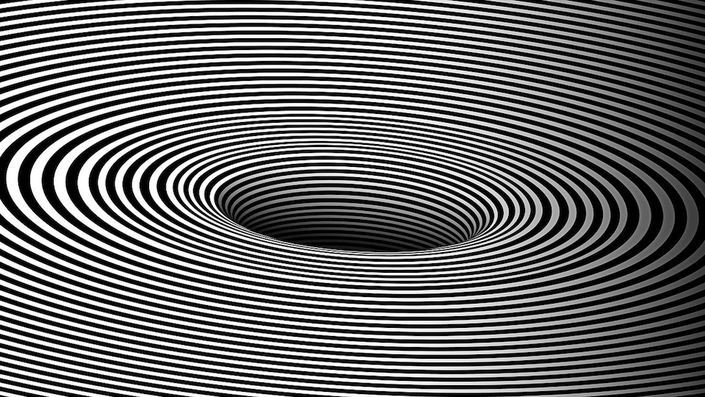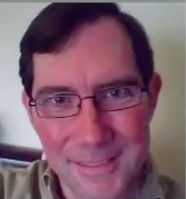
The Three Most Common Wavelet Pitfalls
Blog Article
By Alan Jackson
In my course, Reflection Seismology, we discuss wavelets in great detail. In fact, we learn that simply convolving a wavelet and an impedance log will generate a synthetic seismogram. In reflection seismology, this is a critical reason behind why we must deepen our understanding of seismic wavelets (not to be confused with "mathematical wavelets").
The most important, and most difficult topic around wavelets is polarity. When presented with a nice seismic section, what does a positive wavelet peak represent? Does it represent an increase in the reflection coefficient? Or a decrease? This is, of course, a fundamental issue, and absolutely key to doing a proper interpretation of anything but the gross structure.
The Society of Exploration Geophysicists (SEG) has defined that for a zero-phase wavelet, a positive reflection coefficient is represented by a central peak, that is, a positive number. However, in many companies and in many basins, this convention is actually reversed, so it cannot be depended on. Additionally, since the only difference between a positive polarity and a negative polarity seismic section is a multiplication by minus one, it is very easy for the processing to get it wrong. From a practical standpoint, an interpreter can never trust that the polarity is as advertised, but must check it by looking at the water bottom reflector, doing a well tie, or some other method.
Before we go any deeper, why do we care about the wavelet and its phase?
- For structural well ties, if we have the wrong wavelet polarity, our tie can easily be off by a loop, which equates to roughly 30 meters, or 100 feet. That can introduce significant error into a structural interpretation, as well as put the interpreter onto the wrong loop, making tying loops and the entire interpretation process difficult, and suspect.
- In quantitative interpretation, where the interpreter is trying to link the seismic response to rock and fluid properties, having the wavelet phase wrong can make it nearly impossible to develop a coherent story, since the seismic impedances will all be incorrect.
- Similarly, a phase problem will cripple stratigraphic interpretation, where subtle changes in loop shape often signal important stratigraphic changes. If the loop is not correct to begin with, then the changes become very difficult to interpret.
Now that you understand the great importance of understanding a wavelet and its phase, here are the three most common wavelet pitfalls:
- The most common pitfall is that the phase is not actually zero. This is much more common than you might think. After many years of generating high-quality well-ties, I have actually rarely seen true zero phase wavelets on seismic data. It seems that usually, the wavelet has a residual phase of around 20-30 degrees.
- The second is that the phase error is sometimes much larger, often being off by around 90 degrees, or 180 degrees - a polarity flip. These sorts of errors can be disastrous to an interpretation and usually are caused either by a processing error or by a miscommunication in the processing or the data loading process.
- Finally, and more rarely (but I have seen it happen), are simply poorly done deconvolutions. Adaptive deconvolution, if not done thoughtfully, can corrupt the phase of the wavelet in strange and unpredictable ways.
To learn more, visit my full course on Reflection Seismology.
Your Instructor

Alan Jackson received his degrees in Physics and Mathematics from Rice University, and a Masters degree in Astrophysics from the University of Colorado, Boulder. Until his retirement, he spent 36 years working for Shell Oil company in Houston, Texas. During his career with Shell he worked as a seismic processor, an onshore and offshore interpreter, and spent 10 years at the research lab. He received the designation Subject Matter Expert in AvO and Rock Physics. While at Shell he developed and taught a variety of training classes on geophysical topics, primarily on Quantitative Interpretation. Alan also served on the editorial board for The Leading Edge, and chaired the board for one year. He is currently serving on the Publications committee of the SEG, enjoying retirement, and consulting on the side.
He may be reached at alan@adelieresources.com

